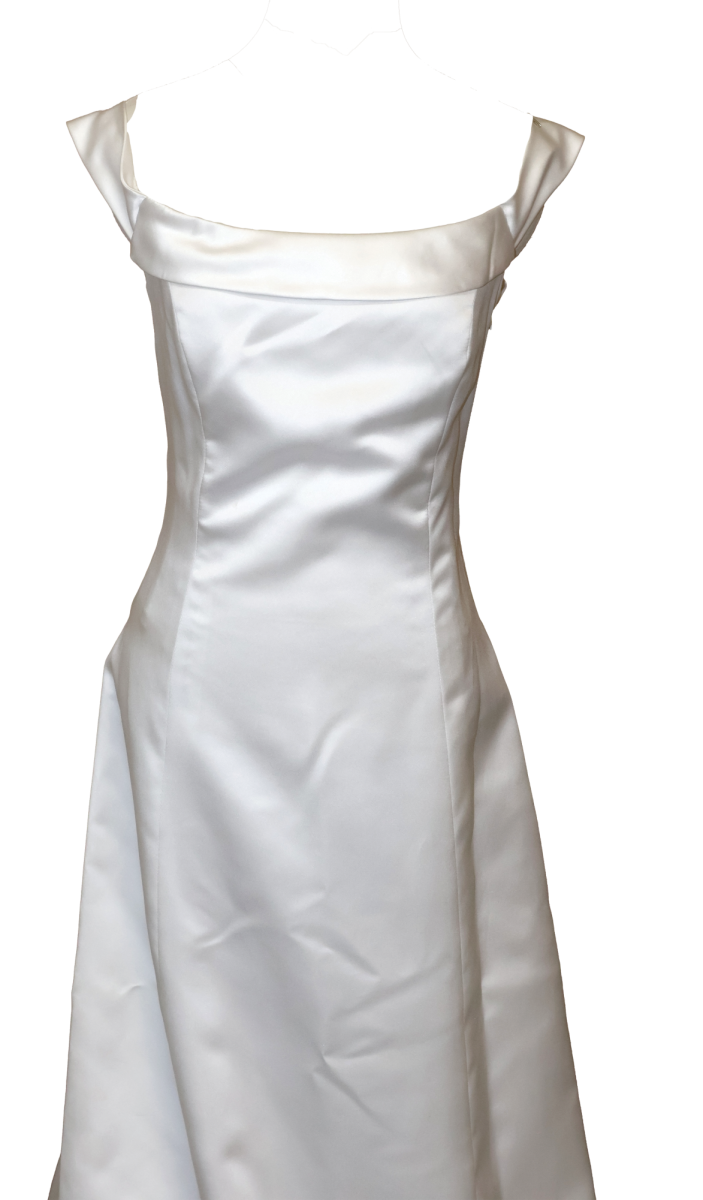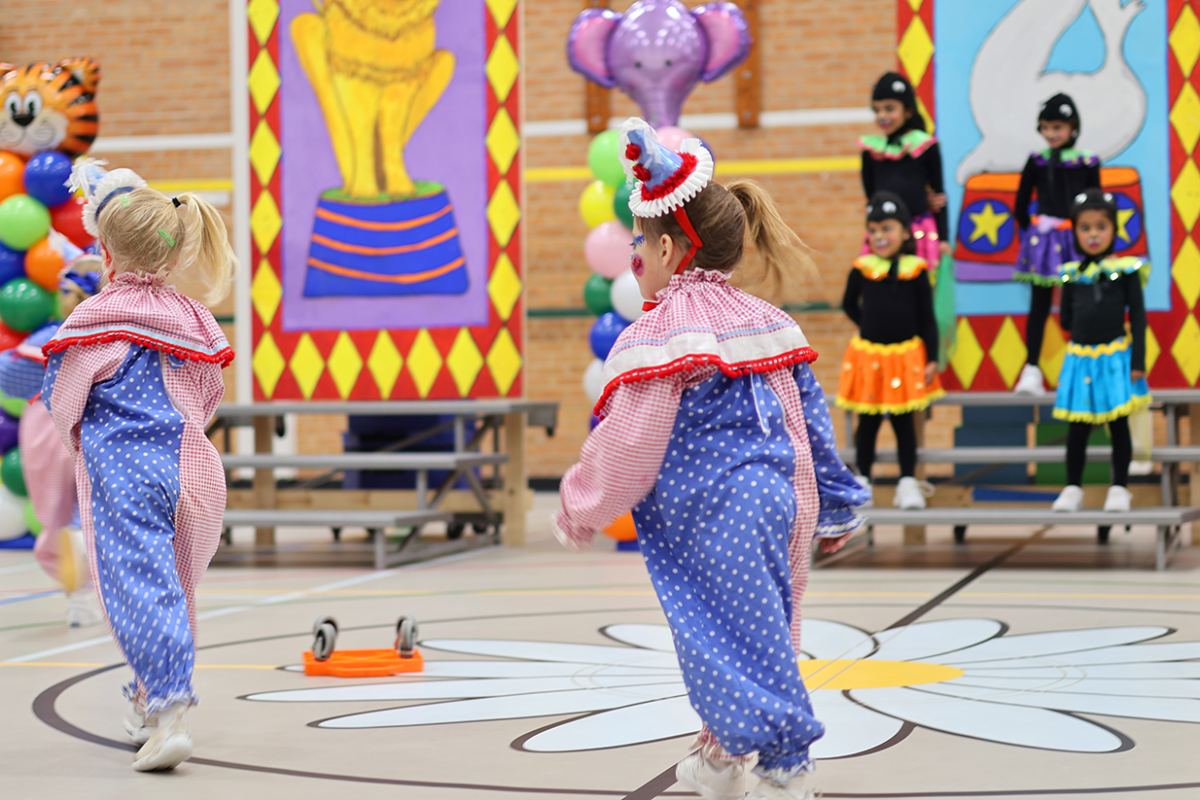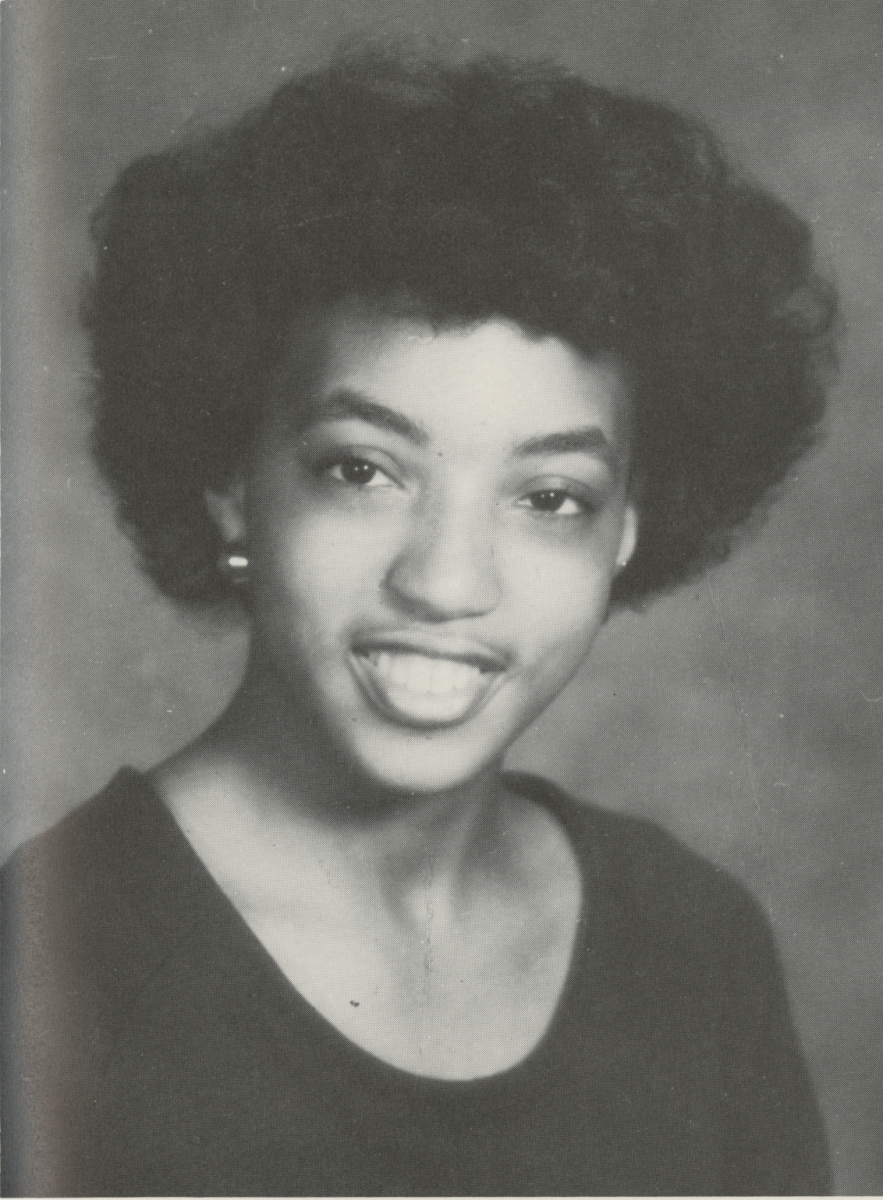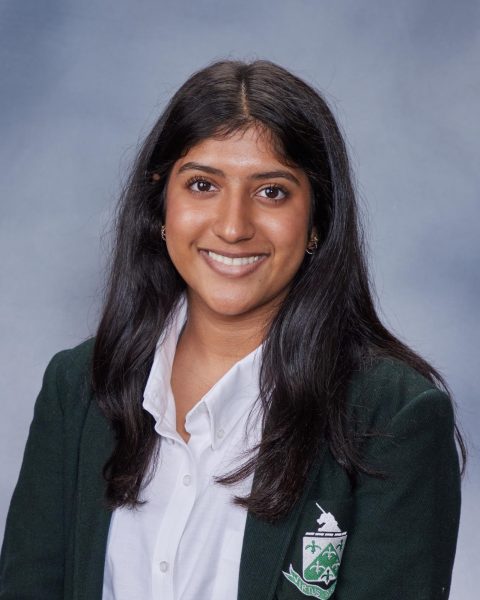Returning from its annual trip to world-renowned Marine Biology Lab (MBL) in Woods Hole, Mass., Hockaday’s carefully selected cohort of 18 juniors and seniors brought back a treasure of experience from one of earth’s most enticing places – the sea.
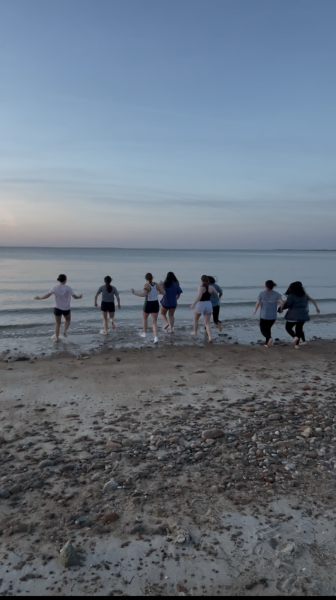
Since 2019, Hockaday has taken advantage of this unique collaboration with University of Chicago and MBL, to provide state-of-art facilities and faculty mentorship to Upper School students. During the week-long residential program, students not only engage in hands-on research with marine organisms, but also gain invaluable exposure to 3D confocal microscopy, embryo dissection and gene editing.
“I absolutely love to play with some of the equipment they have at MBL and it’s priceless to see our girls explore it and make amazing connections to what they’ve learned back here at school,” AP Biology teacher Brandi Finazzo said.
Founded in 1888, MBL prides itself in offering immersive experiences that allow high school students to engage in college or graduate level laboratory work and dive into scientific methods in a real-world setting. Its niche location in Woods Hole at the junction of two bodies of water, provides an ideal locus for access to an astounding variety of organisms.

“MBL’s focus has always been to pair research with education, so it continues to draw students and researchers from all over the world to collaborate in cutting-edge research and then promot
e it through teaching,” Director of MBL and professor at the University of Chicago Dr. Nipam Patel said.
Dr. Patel has taught the embryology course at MBL since 2001. While he is known for his expertise in genetic model organisms, his butterfly collection, consisting of 100,000 unique butterflies, is the true highlight for students who attend MBL. Patel has traveled to Costa Rica and Australia as well as many other Asian countries to diversify his collection.
“I began collecting butterfly wings when I was only 8 years old,” Patel said. “My mom would sew nets for me, and I would cut the heads off my dad’s golf clubs to create makeshift nets to catch them with. I never get tired of showing them off to our students year after year.”
This year, students reported some of their most fascinating experiences including seeing organisms regenerate parts of their bodies and watching their own skillfully engineered phenotypes come to life. Many of the sea-urchin, squids, crabs and other species provide groundbreaking insight into human developmental biology and its applications to treating developmental defects as well.
“I didn’t know sea lampreys could regenerate their spinal cords like that,” junior Pilar Hoitsma said. “The coolest part was learning that this research could be applied to help humans who have Parkinson’s and traumatic nerve injury.”
MBL students also have access to other impressive features of the campus. The rare books collection houses 5,300 volumes of scientific books from the 16th through 20th century, including an extensive collection of oceanic voyages and expeditions, the first edition of Newton’s?“Opticks, “Darwin’s “Origin of the Species,” and an early encyclopedia of animals from 1560.
During down-time, students also enjoyed walks along the beach and indulging at the Pie in the Sky coffee shop. Nadia Guevarra, a junior who attended the program, enjoyed the welcoming feel of the shop while adjusting to the cold of the Northeast.
“Pie in the Sky was quite regularly frequented by Hockaday students throughout the short time we were there,” Guevarra said. “It was so homey and cozy and gave us nice breaks from being in the lab.”
Upper School science teacher Jessie Crowley also took advantage of the scenic views to bird watching.
“Any time I visit a new place, I always make time to sneak away to add new species to my life list. At Woods Hole, there are several coastal species that you will not find in the DFW area,” Crowley said. “When I offered the experience to students on the MBL trip, I couldn’t believe how many were interested since the best birding is early in the morning. The more eyes you have looking for birds, the more species you will see.”

